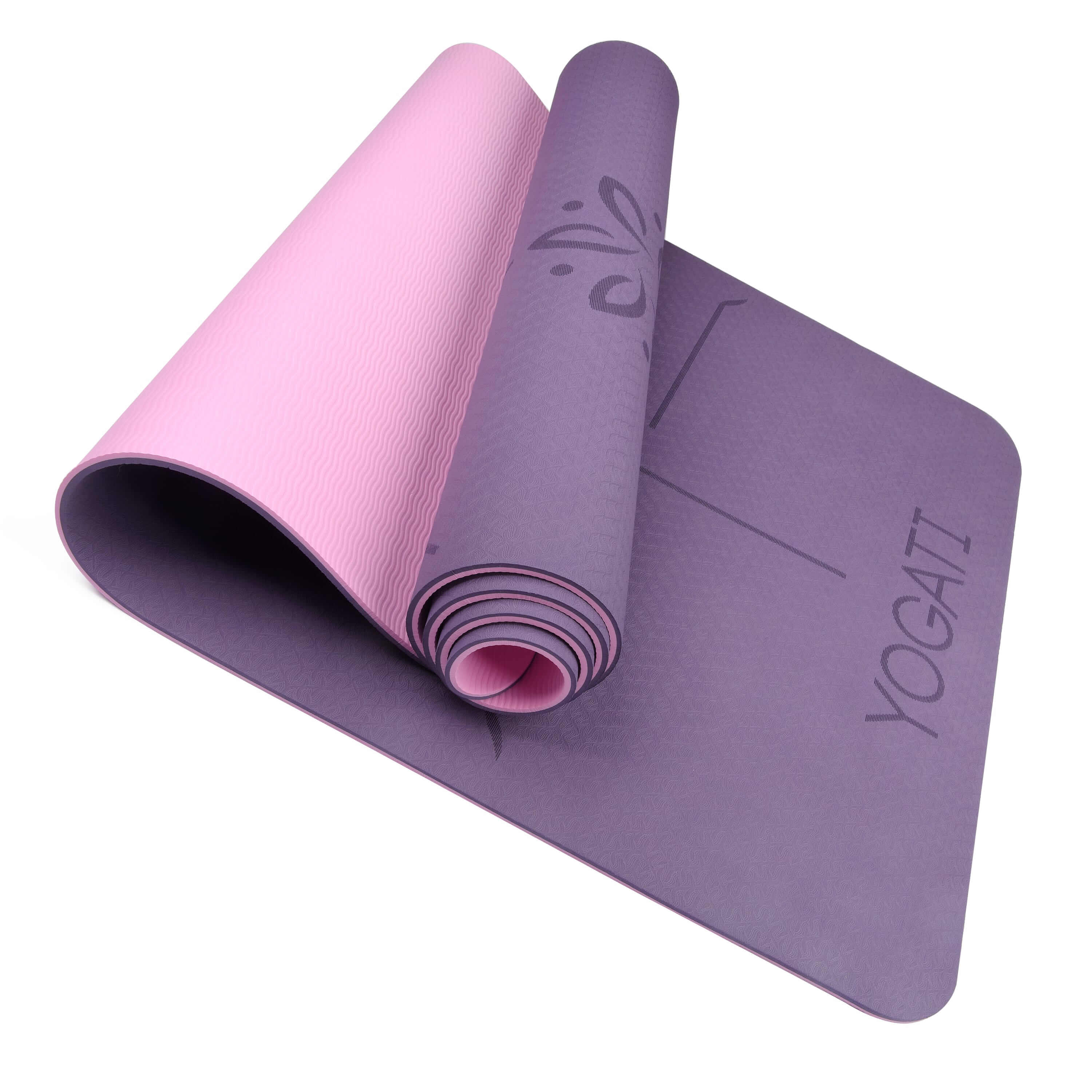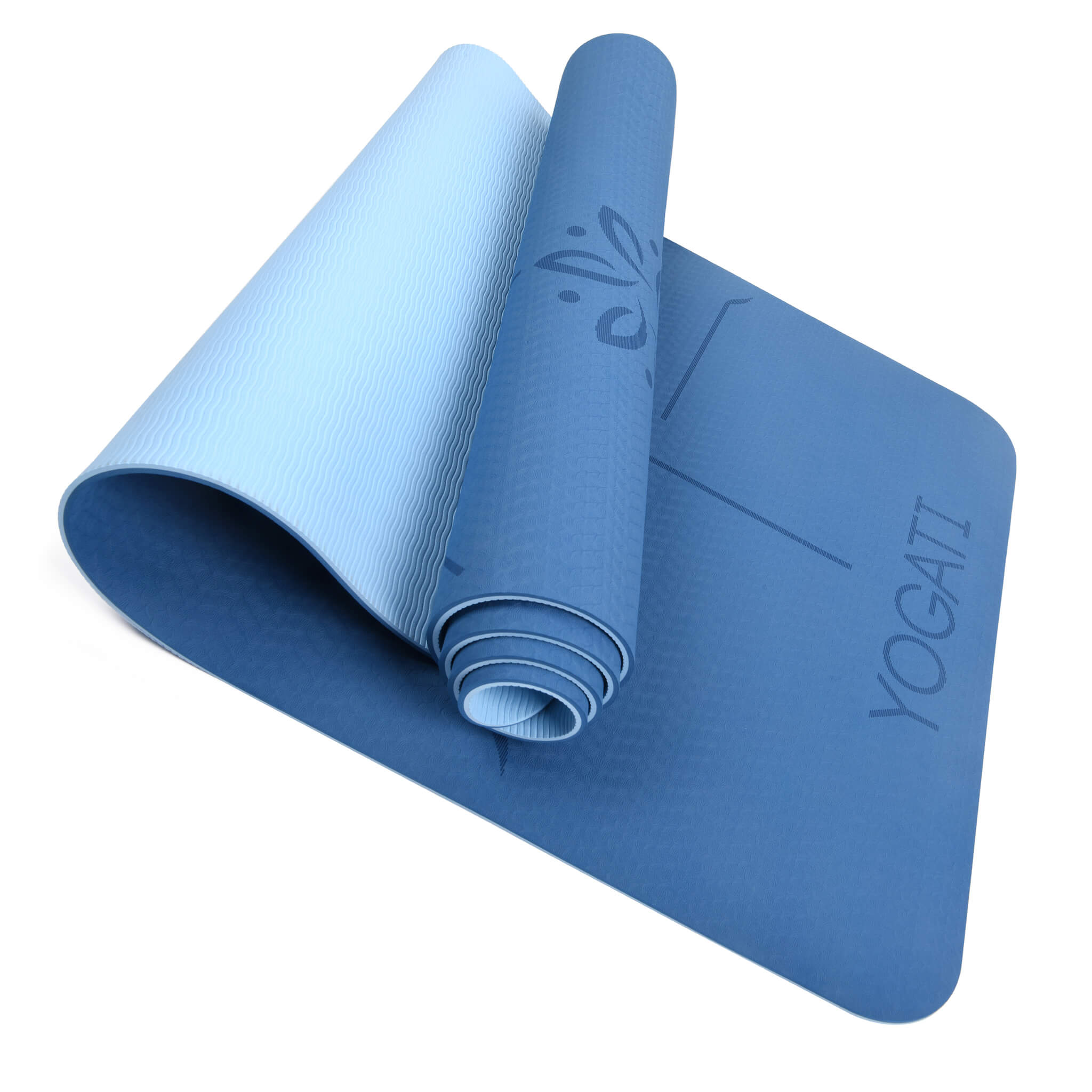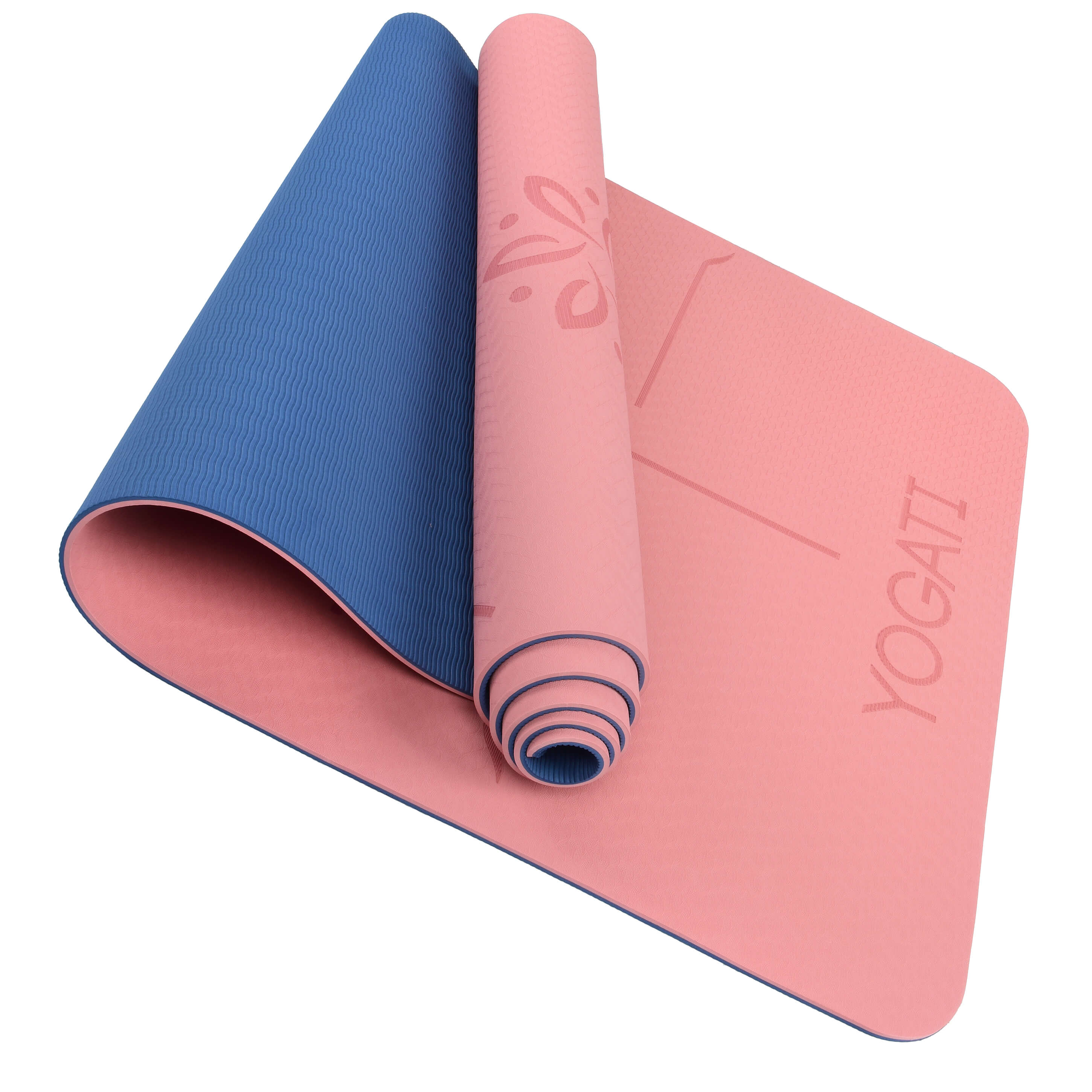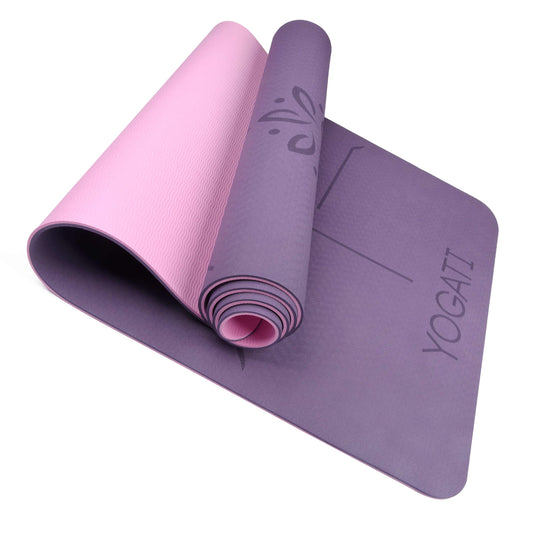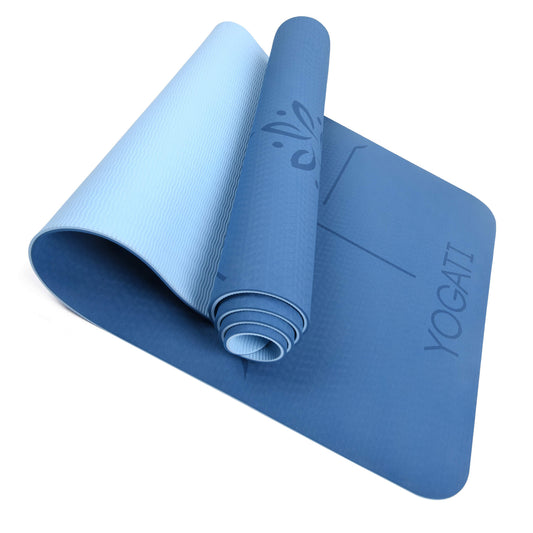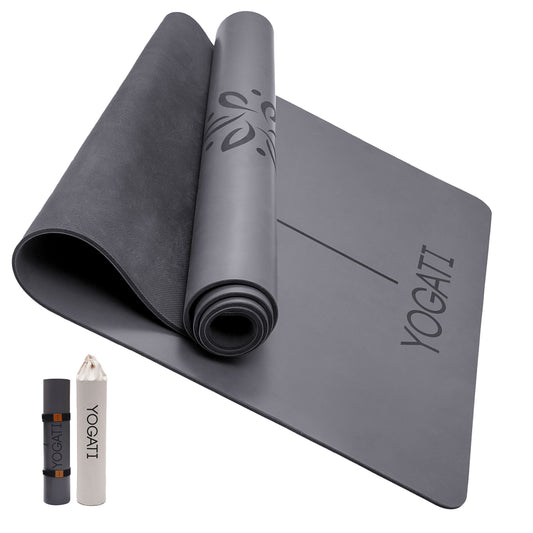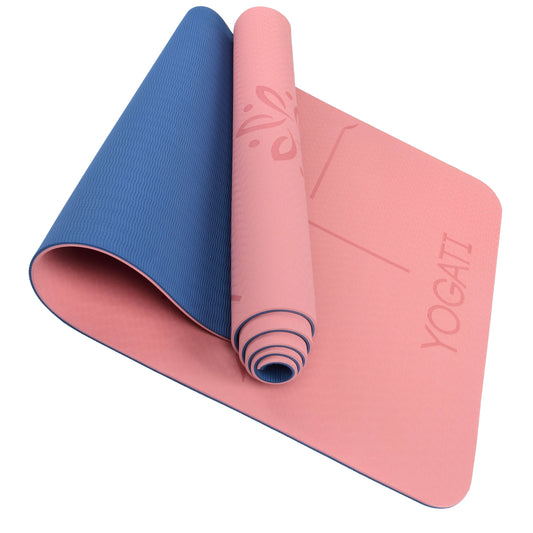In the world of yoga, Iyengar Yoga stands out for its meticulous and detailed approach to asanas. For beginners, choosing the appropriate postures is essential to establish a solid foundation and progress smoothly in their practice. This article explores in detail seven fundamental postures of Iyengar Yoga, ideal for novices seeking to unify body and mind.
Tadasana (Mountain Pose)
Tadasana, also known as the "mountain pose", is the starting point for many yoga sequences. This seemingly simple posture is of paramount importance, since it lays the foundations for a solid practice. By adopting a standing posture with body alignment, feet together, arms alongside the body, you cultivate precise postural awareness. Muscles stretch and strengthen, creating a stable base essential for more advanced asanas.
Vrkshasana (Tree Pose)
The Utthita Trikonasana, or "Tree Pose", embodies balance and stability. Imagine standing on a yoga mat with your feet planted in the ground. Raising one foot, place it against the inner thigh or opposite calf. This action seeks balance and strengthens the muscles of the legs and trunk. In addition, this posture improves concentration by finding the inner center while adopting an outer pose. It recalls the resilience of a tree against the winds of life.
Utthita Trikonasana (Extended Triangle)
The Utthita Trikonasana, or the "extended triangle", offers deep stretching and increased flexibility. By spreading the legs and tilting the torso, the side muscles of the body are engaged, stimulating the spine. Practicing this asana in harmony with the breath brings a feeling of well-being and helps to clarify the mind. The benefits of this coordination between body and breath transcend physical limitations and enrich inner understanding.
Balasana (Child's Pose)
The Balasana, or "child's posture", offers a moment of calm and relaxation at the heart of the practice. As you kneel and tilt the body forward, the forehead gently touches the ground, creating a feeling of comfort. This asana soothes the lower back and shoulders, releasing accumulated tension in frequently stressed areas. It encourages deep relaxation and inner connection, inviting one to refocus in the present moment.
Adho Mukha Svanasana (Downward facing dog)
The Adho Mukha Svanasana, or "downward facing dog", combines strength and stretching. By creating an inverted V, this asana activates the muscles of the legs, back, and shoulders, promoting overall flexibility. The coordination between the body and the breath breathes new vitality. Raising the hips toward the ceiling and straightening the arms promotes better blood flow to the brain. This practice improves concentration while revitalizing the whole body. In addition, it allows deep regeneration and contributes to emotional balance.
Setu Bandha Sarvangasana (Bridge)
The "bridge", or Setu Bandha Sarvangasana, emphasizes the opening of the heart and the strengthening of the back. Lying down, knees bent, feet resting on the ground, you lift the pelvis to form a shoulder-knee bridge. This asana stretches the spine while strengthening the back and leg muscles. It opens the heart, symbolizing acceptance, benevolence towards oneself and others, and the commitment to move forward with strength and confidence.
Savasana (Corpse Pose)
Every yoga session culminates in Savasana, or “Corpse Pose”. Lying on your back with your arms and legs relaxed, this asana invites deep relaxation. By consciously releasing each part of the body and focusing on the breath, the benefits of the practice become fully integrated. This ultimate posture promotes the integration of the desired harmony and balance throughout the session. It effectively prepares for an active day or a peaceful moment.
By discovering the seven essential postures of Iyengar Yoga, novices build solid foundations, linking body and mind. Each asana offers the opportunity to develop awareness, balance, flexibility and relaxation. By incorporating these poses into your routine, pave the way to inner harmony and personal growth through Iyengar Yoga.


